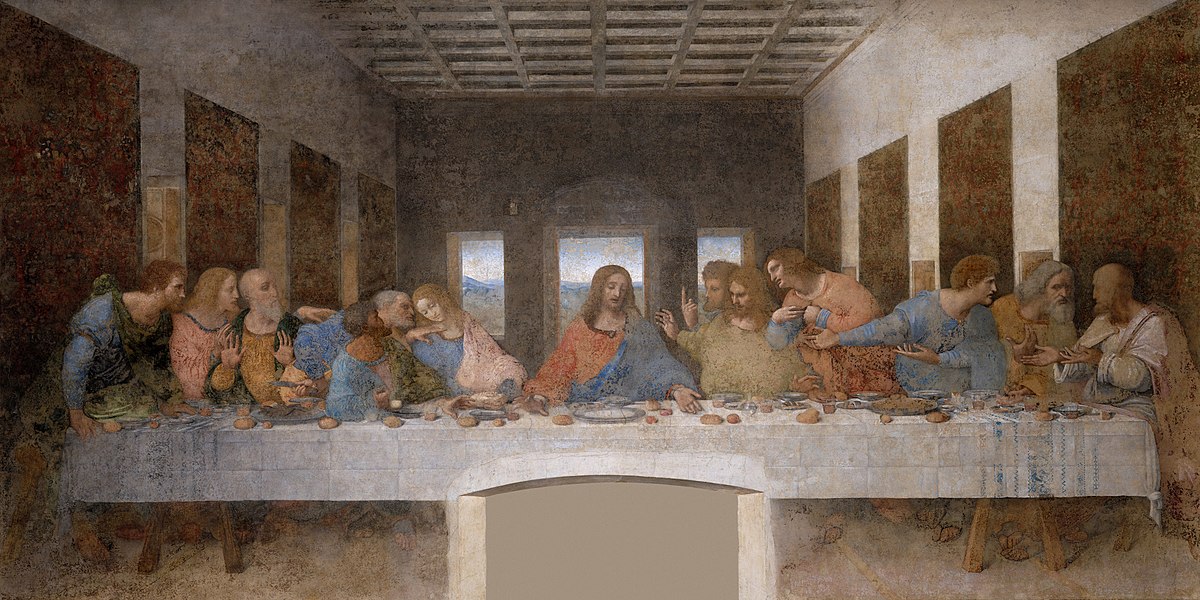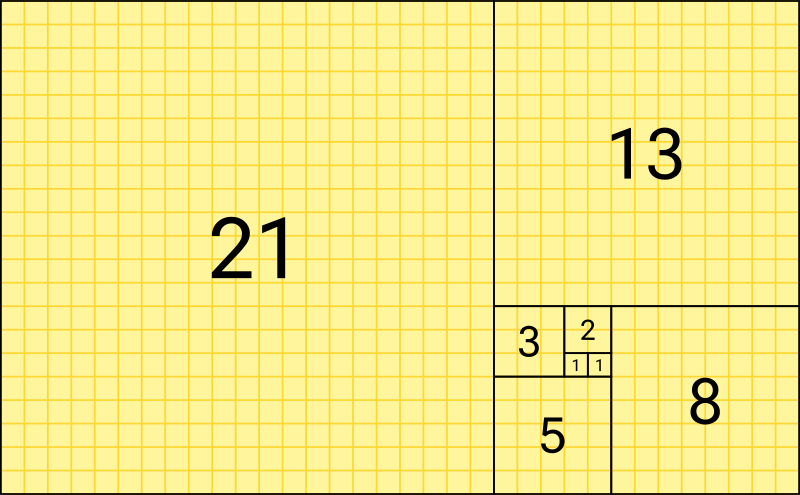The Enduring Allure of the Silver Ratio
The world around us, from the delicate spirals of seashells to the intricate branching of trees, often displays patterns that seem strangely harmonious, almost possessing an inherent elegance. Beneath this visual appeal lies a powerful mathematical concept, one that has captivated artists, architects, scientists, and mathematicians for centuries: the silver ratio, often denoted by the Greek letter phi. This irrational number, approximately equal to 1.6180339887, is more than just a numerical curiosity; it's a recurring theme in nature, art, and architecture, suggesting a fundamental connection between mathematics and the beauty we perceive. Its presence isn't always obvious, sometimes subtly woven into proportions and forms, making its discovery and appreciation a delightful journey into the interconnectedness of various disciplines.
A Historical Journey
The silver ratio's history stretches back to ancient Greece, although its widespread recognition came later. While the concept existed in earlier civilizations, the Greeks are credited with formally studying and documenting its properties. It appears in the works of Euclid, particularly in his book "The Elements," where it's linked to geometric constructions like the golden rectangle. The golden ratio and the silver ratio are intimately connected; the silver ratio is essentially the reciprocal of the golden ratio. This reciprocal relationship contributes to the unique properties of both the golden ratio is associated with expansion and growth, while the silver ratio is linked to compression and balance.
The Renaissance witnessed a renewed interest in classical knowledge, and the silver ratio, along with the golden ratio, experienced a revival. Artists and architects of this period, like Leonardo da Vinci, explored its potential for creating aesthetically pleasing compositions. Da Vinci, in particular, is believed to have incorporated the silver ratio into his artwork, including the Mona Lisa and The Last Supper, although the extent of his deliberate use remains a subject of ongoing debate. The ratio's significance wasnt lost on patrons and scholars, as it was seen as embodying divine proportion and a key to understanding universal harmony. Over time, the silver ratio's influence persisted, though it sometimes remained in the shadow of its more celebrated cousin, the golden ratio.
Mathematical Properties and Relationships
The defining characteristic of the silver ratio is its unique mathematical properties. It is an irrational number, meaning its decimal representation goes on infinitely without repeating. Its most important property stems from its relationship to the golden ratio, which is approximately 1.618. The silver ratio, often represented as (psi), is calculated as 70/29, equivalent to 1 + √2. This relationship is key to understanding many of the patterns and proportions associated with the silver ratio.
One of the fundamental relationships involving the silver ratio is its connection to the Fibonacci sequence. The Fibonacci sequence is a series of numbers where each number is the sum of the two preceding ones (e.g., 0, 1, 1, 2, 3, 5, 8, 13...). As the sequence progresses, the ratio of any number to its preceding number approaches the silver ratio. This convergence is a powerful demonstration of the silver ratios inherent presence within ordered sequences. The presence of the silver ratio is also evident in the relationship between squares, rectangles and triangles when connected in a specific manner.
Furthermore, the silver ratio plays a role in geometric constructions, particularly those involving rectangles. A rectangle whose sides are in the ratio of the silver ratio is known as a silver rectangle. Silver rectangles can be successively subdivided into smaller silver rectangles, creating a self-similar pattern. This self-similarity is a hallmark of many naturally occurring structures, from the branching of trees to the arrangement of leaves on a stem.
Ubiquitous Appearances in Nature
The silver ratio's omnipresence in the natural world has been a source of fascination for centuries. While the golden ratio often receives more attention in this context, the silver ratio quietly manifests in numerous biological forms, contributing to structural efficiency and aesthetic appeal.
One compelling example is the spiral arrangement of leaves on a stem, known as phyllotaxis. In many plants, the leaves are arranged in spirals that follow the silver ratio, optimizing sunlight exposure and resource allocation. This spiral arrangement isn't always a perfect fit with the golden ratio, with the silver ratio often providing a more accurate description. The arrangement facilitates even distribution and prevents overcrowding, leading to better photosynthesis and overall plant health.
The spirals found in seashells, particularly nautilus shells, provide another striking illustration of the silver ratios role in biological design. These shells grow in a logarithmic spiral that closely approximates the silver ratio. Each chamber of the shell is proportionally larger than the previous one, creating a visually harmonious and structurally sound form. The spiral growth pattern allows the nautilus to maintain its shape as it grows.
The branching patterns of trees and veins in leaves also exhibit tendencies towards the silver ratio. The way branches divide and sub-divide often follows a pattern related to the silver ratio, maximizing the surface area for sunlight capture and efficient transport of nutrients. Even the proportions of animal bodies, particularly in insects, can sometimes reflect the silver ratio, contributing to their streamlined shapes and efficient movement.
Art and Architecture: A Foundation of Beauty
For artists and architects, the silver ratio has served as a guiding principle for creating aesthetically pleasing and harmoniously balanced compositions. Its application extends across various artistic mediums, from painting and sculpture to music and architecture.
The concept of the silver rectangle, a rectangle whose sides are in the ratio of the silver ratio, has been employed in the layout of paintings and the design of architectural spaces. Artists often use silver rectangles to divide their canvases, ensuring that the elements within each section are proportionally balanced and visually appealing. This helps to create a sense of order and harmony in the overall composition.
In architecture, the silver ratio has been used to determine the proportions of buildings, creating structures that are perceived as aesthetically pleasing. Examples can be found in various architectural styles throughout history, though sometimes subtle. The relationship between height and width, window placement, and the proportions of various architectural elements can often be traced back to the influence of the silver ratio. The goal is to create a sense of visual balance and proportion, contributing to the overall beauty and harmony of the building. While not always explicitly stated, the underlying principle serves as a framework for design.
Music, too, has been explored in relation to the silver ratio. Some composers have attempted to structure musical pieces according to mathematical principles related to the silver ratio, influencing the timing of sections, the duration of notes, and the overall form of the composition. This connection is often less direct than in visual arts and architecture, but the pursuit of mathematical harmony in music reflects a broader cultural fascination with the relationship between mathematics and aesthetic experience.
Modern Applications and Ongoing Research
The study of the silver ratio continues to evolve, with modern researchers exploring its potential applications in various fields. Beyond its traditional roles in art and architecture, the silver ratio is finding applications in computer science, engineering, and even finance.
In computer science, the silver ratio is used in algorithms for generating fractal patterns and designing efficient data structures. The self-similar properties of structures based on the silver ratio are particularly useful in creating complex and visually appealing fractal images.
Engineers are exploring the use of the silver ratio in designing structures that are both strong and lightweight. The proportions and shapes based on the silver ratio can lead to improved structural efficiency, resulting in designs that require less material.
In the field of finance, some analysts have attempted to apply the principles of the silver ratio to predict market trends. While the effectiveness of these applications is debatable, the exploration of mathematical patterns in financial markets reflects a broader trend of using mathematical models to understand and predict complex systems.
Ongoing research continues to uncover new connections between the silver ratio and various phenomena in nature and human culture. As our understanding of mathematics and the world around us deepens, we are likely to discover even more subtle ways in which this fascinating ratio influences the beauty and order we perceive.
The silver ratio, far from being merely an abstract mathematical concept, remains a powerful lens through which to understand the interconnectedness of the universe and the enduring allure of mathematical beauty.





No comments: